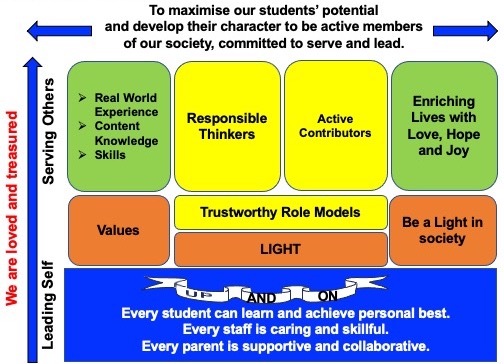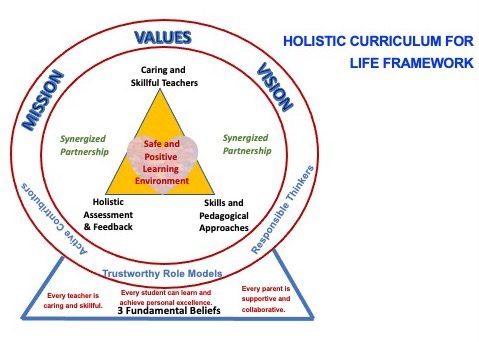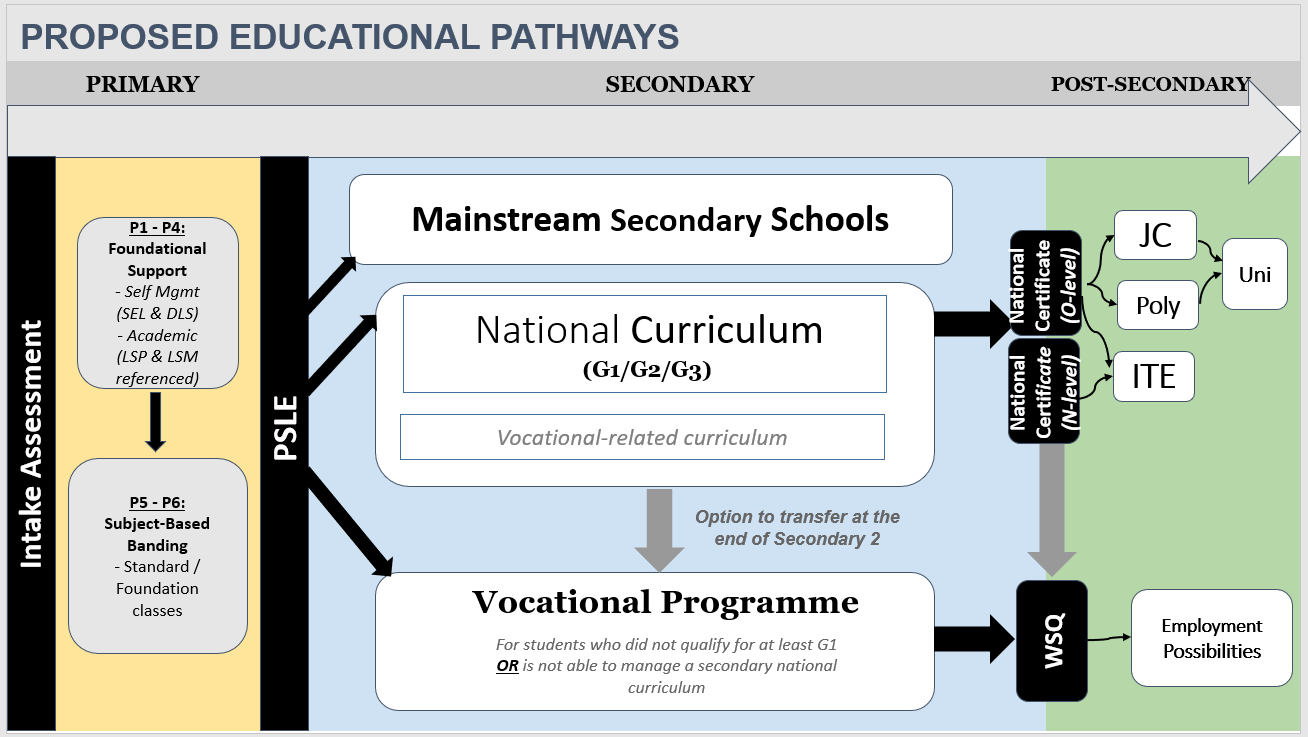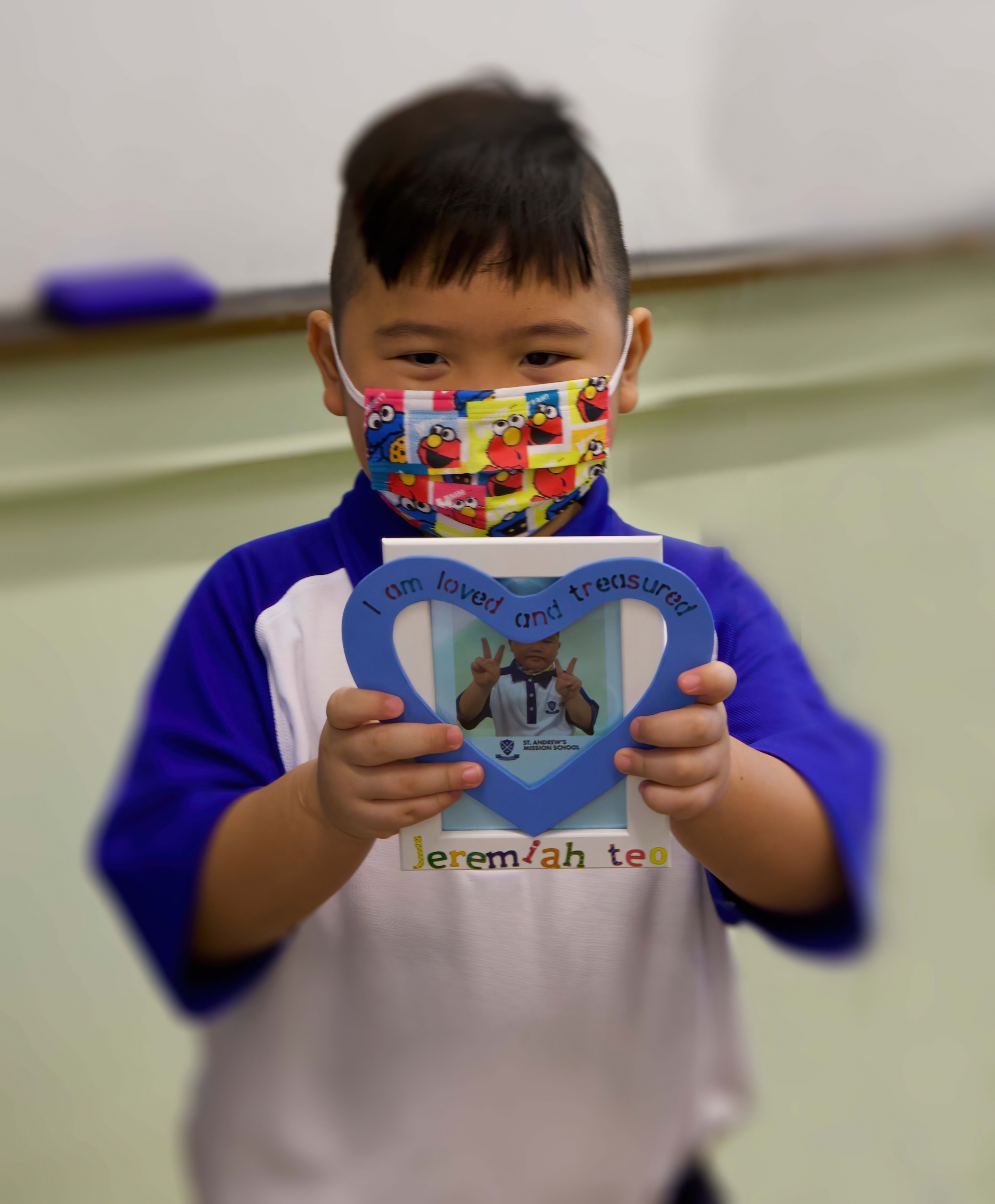SAMS Educational Model

Holistic Curriculum for Life Framework
Our curriculum and pedagogical approaches will include equipping our students with analytical thinking skills and reflective thinking skills through responsible thinking process. At the same time, while inspiring one another to learn and grow, our students:
- demonstrate positive thinking and talk
- be equipped with thinking skills
- have faith and hope in himself, others and the future
While delivering the National Curriculum, we are also equipping our students with daily living skills and social emotional skills. ASD friendly strategies and use of ICT will be one of the key pedagogical approaches integrated into explicit instruction, experiential and co-operative learning strategies. Structured collaborative processes will be put in place to continuously train and grow our teachers to be caring and skilful in nurturing our students with autism. At the same time, teachers continue to grow in creating a safe and positive learning culture, implementing holistic assessment and feedback and working closely with parents to enable our students to achieve personal excellence.
A set of fundamental core beliefs provides the foundation for SAMS to drive and operationalise our Holistic Curriculum for life framework.

Beyond Primary School
At the end of primary school, students will access both the secondary national curriculum leading to a national certificate, as well as the vocational domain as part of the curriculum. Instead of two different pathways exclusive of each other, students can get opportunities to take vocational modules which would enable them to ascertain vocational strengths and inclinations.
In Secondary 1 and 2, students would receive a 50%-50% learning of the national curriculum and exposure to various identified vocational focus areas; in Secondary 3 and 4, students may choose a specialisation in one vocational area, with greater focus on preparing for national exams. This could be a 5- to 7-year programme if they might need a longer runway.
They would have opportunities to take the national exams and thereafter to enter an Institute of Technical Education (ITE), polytechnic or junior college, or continue with the vocational programme up to age 21. Students (in consultation with their parents) may also choose to be in the purely vocational programme for more practice-based curriculum that matches their strengths and interests and which will open up pathways for further studies in ITE or enable them to spend additional years up to age 21 to achieve nationally recognised vocational certification.
These students need not necessarily be the ones who have failed PSLE twice, and not qualify for at least G1 offering of subjects; students may choose to acquire practice-based industry knowledge and skills which would lead to employment opportunities.
The educational pathway reflects the pathways based on “one secondary education, many subject bands” as the new subject-based banding format will fully start in 2027. While there are still many uncertainties around it (including the number of years for secondary and the new format for the national exams), the school will continue to make reference to MOE when planning for the secondary pathway.
As the educational pathways are varied as they take into account students’ academic and vocational strengths and preferences, transition planning from the primary to the secondary and mid-secondary and post-secondary years is crucial. Students will receive feedback on their pathways via channels like academic results like the PSLE, at the end of secondary 2 and as they undergo the vocational modules in the first 2 years of the secondary programme, as well as transition planning conversations with them and their parents. This individual student profiling is an important feature and support to be provided by a team headed by a transition planning co-ordinator (TPC).
Our Programmes
A well-rounded and holistic education for your child


